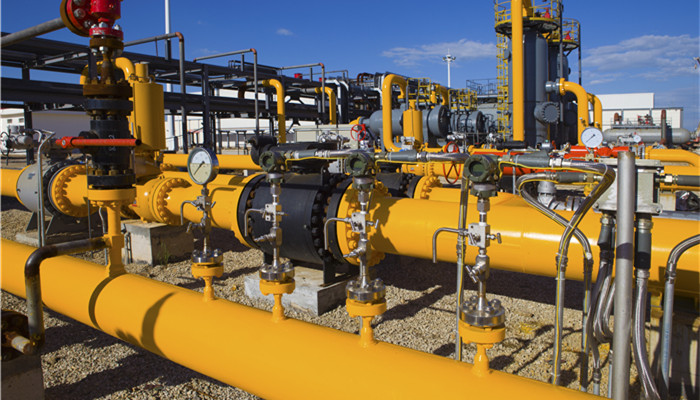
Ultra-low emission transformation work in non-electricity fields continues to advance, and ultra-low temperature catalysts have broad application prospects
Catalyst is the core component of the denitration system. According to different applicable temperatures, catalysts can be divided into high-temperature catalysts, medium-temperature catalysts, low-temperature catalysts and ultra-low-temperature catalysts. Ultra-low temperature catalysts refer to catalysts with an active temperature range of 100-180°C. Ultra-low temperature catalysts have a lower activity temperature window and have the advantages of high catalytic activity, low operating costs and energy consumption, and low usage.
Pollutant emissions in non-electricity fields are relatively high, with emissions of NOx, SO2, PM and other emissions from coking, steel and other fields accounting for more than 70% of the total pollutant emissions. In recent years, under the background of increasingly strict environmental protection supervision, the ultra-low emission transformation work of the thermal power industry has been basically completed, and non-electricity fields such as coking, cement, glass, ceramics, and steel have become the main source of growth in the denitrification market.
Choosing the right catalyst is the key to improving the efficiency of the denitrification system. In the non-electric field, the flue gas temperature is generally low, and the use of medium and high temperature catalysts not only causes energy waste, increases treatment costs, but also increases carbon emissions. In the context of carbon neutrality and carbon peak strategies, ultra-low emission transformation work continues to advance, and the market demand for low-temperature catalysts and ultra-low-temperature catalysts will continue to grow.
Ultra-low emissions are currently a hot topic in the field of flue gas control in non-electricity fields. Compared with the thermal power industry, flue gas control in non-electricity fields is more market-oriented and is more conducive to the development of private enterprises. Ultra-low temperature catalysts are one of the research hotspots of domestic and foreign companies. Due to technical limitations, in the global market, companies such as the United States, Germany, and Japan are at the leading level in this field.
my country’s research on ultra-low temperature catalysts started late, but with the advancement of preparation technology, the number of domestic companies entering this market is constantly increasing. According to the “2022-2027 Ultra-low Temperature Catalyst Industry Market In-depth Research and Investment Prospect Forecast Analysis Report released by the Industrial Research Center, at present Enterprises and institutions in my country engaged in the research and production of ultra-low temperature catalysts include Lanzhou Institute of Chemical Physics, Anhui Yuanchen Technology, Dongfang Boiler, Yuanda Environmental Catalyst, Umicore Catalyst (Tianjin), Lutu Environmental Protection, Tongxing Environmental Protection, Chenxi Environmental Protection, etc.
The form and structure of the catalyst are crucial to the catalyst performance. The development of ultra-low temperature catalysts with special structures and forms is still an important development direction in the future. In addition, since the catalyst activity is low at low temperatures, how to improve the activity and practical level of ultra-low temperature catalysts is also an important exploration direction in the future.
Industry analysts said that ultra-low temperature catalysts have broad applications in ultra-low emission transformation in non-electrical fields such as coking, cement, glass, and steel. prospect. Under the background of carbon neutrality and carbon peak strategies, the demand for ultra-low temperature catalyst applications will continue to increase. Relevant companies should seize the opportunity to increase research and development of ultra-low temperature catalyst technology, processes, and materials, and improve the performance and supply capabilities of ultra-low temperature catalysts.

 微信扫一扫打赏
微信扫一扫打赏

